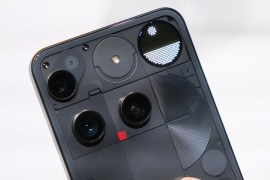Motorola Razr 50 Ultra review: the 2024 flip phone to beat
A bigger screen, better cameras and smarter software make this the best Razr yet - it's flipping brilliant!
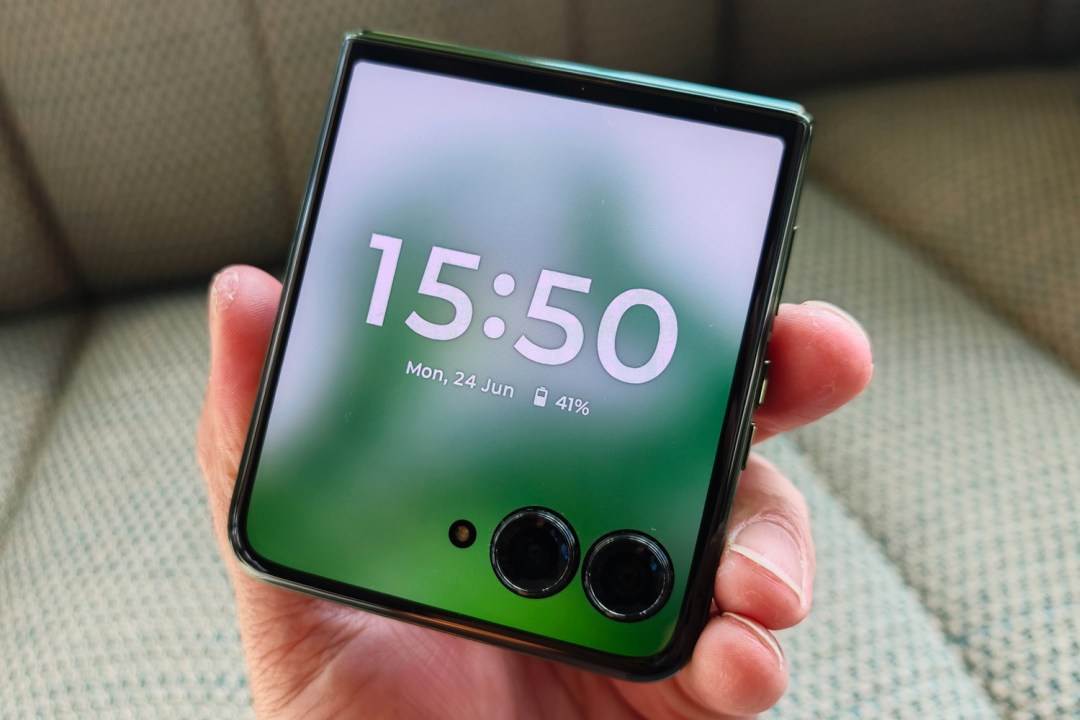
Stuff Verdict
Upgraded in all the right areas, the Motorola Razr 50 Ultra is in many ways 2024’s top flip phone. Once the firm ups its Android update game it’ll be the complete package.
Pros
- Expansive outer screen is impressibly usable
- Dual 50MP snappers great for portraits
- Not short on performance, storage or battery life
Cons
- Camera consistency still needs work
- Long-term software support isn’t up to par
Introduction
It took a few attempts, but Motorola has finally settled on what it feels is the winning foldable smartphone formula. The Razr 50 Ultra (sold as the Razr+ 2024 in the US) isn’t a radical overhaul like previous generations – I see it more as a refinement of the outgoing model, which was already a very capable clamshell.
All-new camera hardware and improved weatherproofing will appeal to fans of the outgoing Razr 40 Ultra, while Google-backed AI and the largest outer display you’ll find on any clamshell raises the stakes for the flip phone establishment. Launching weeks before Samsung played its hand with the Galaxy Z Flip6, has Motorola rocked up to the table early with a royal flush?
How we test smartphones
Every phone reviewed on Stuff is used as our main device throughout the testing process. We use industry standard benchmarks and tests, as well as our own years of experience, to judge general performance, battery life, display, sound and camera image quality. Manufacturers have no visibility on reviews before they appear online, and we never accept payment to feature products.
Find out more about how we test and rate products.
Design & build: mean in green
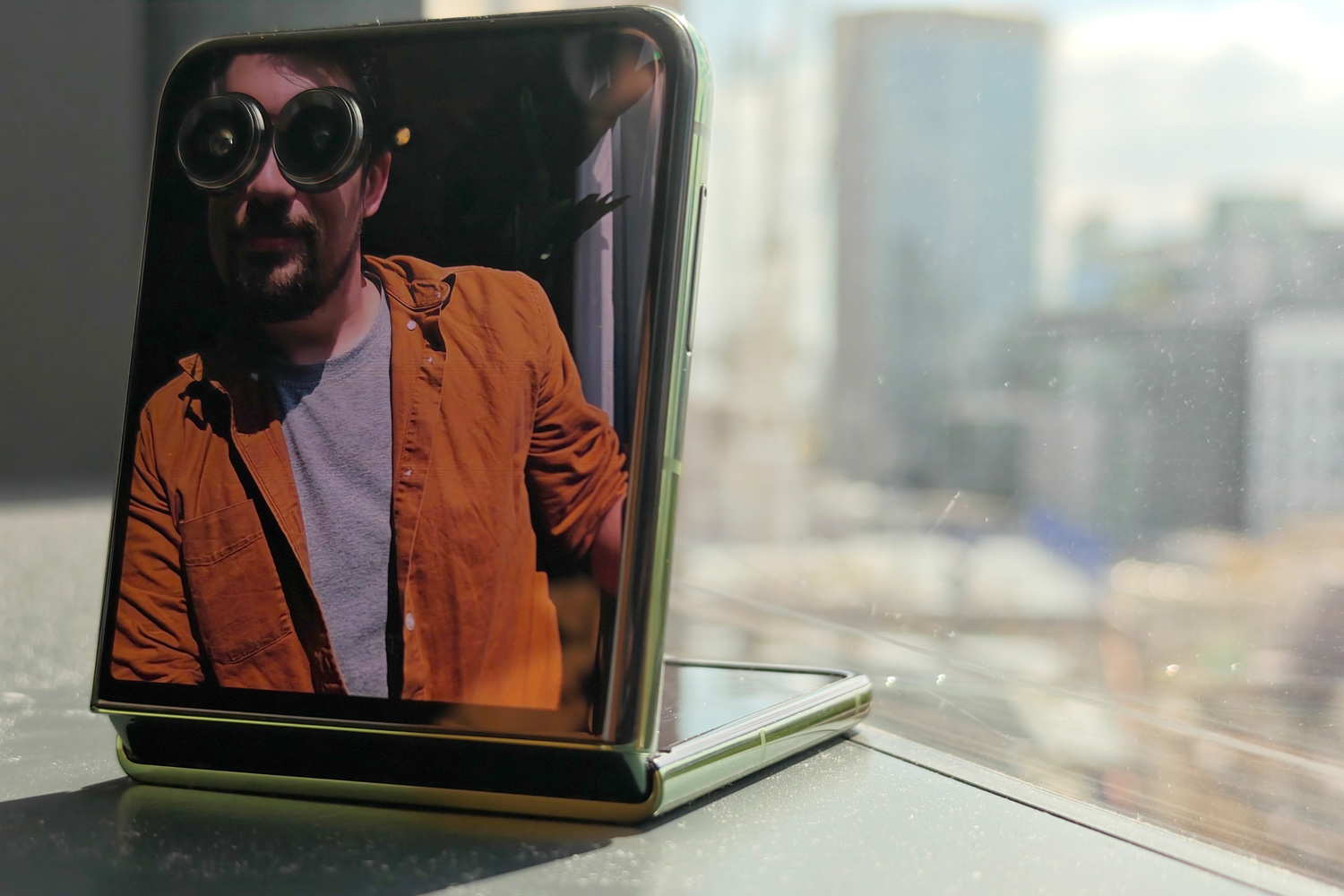
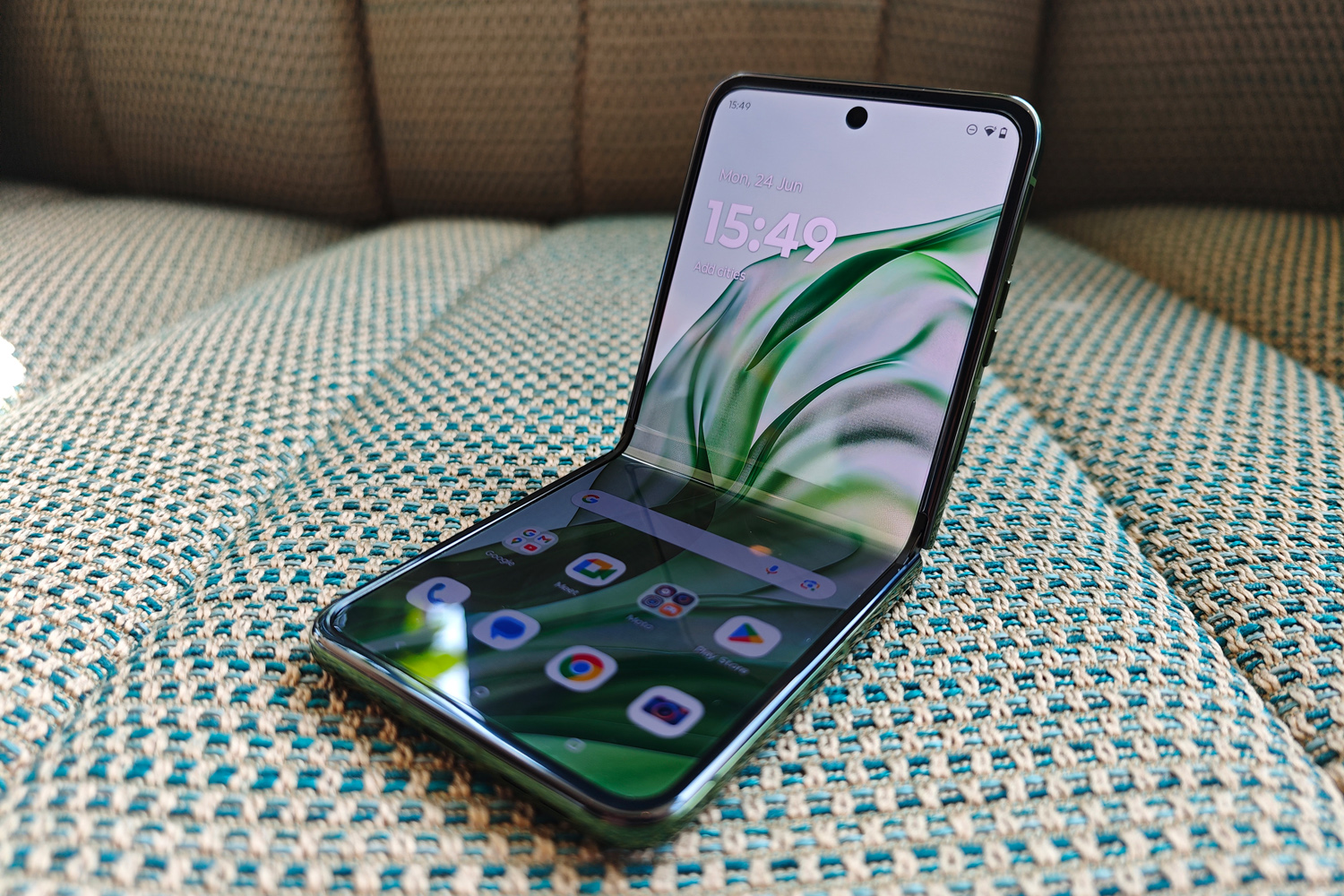
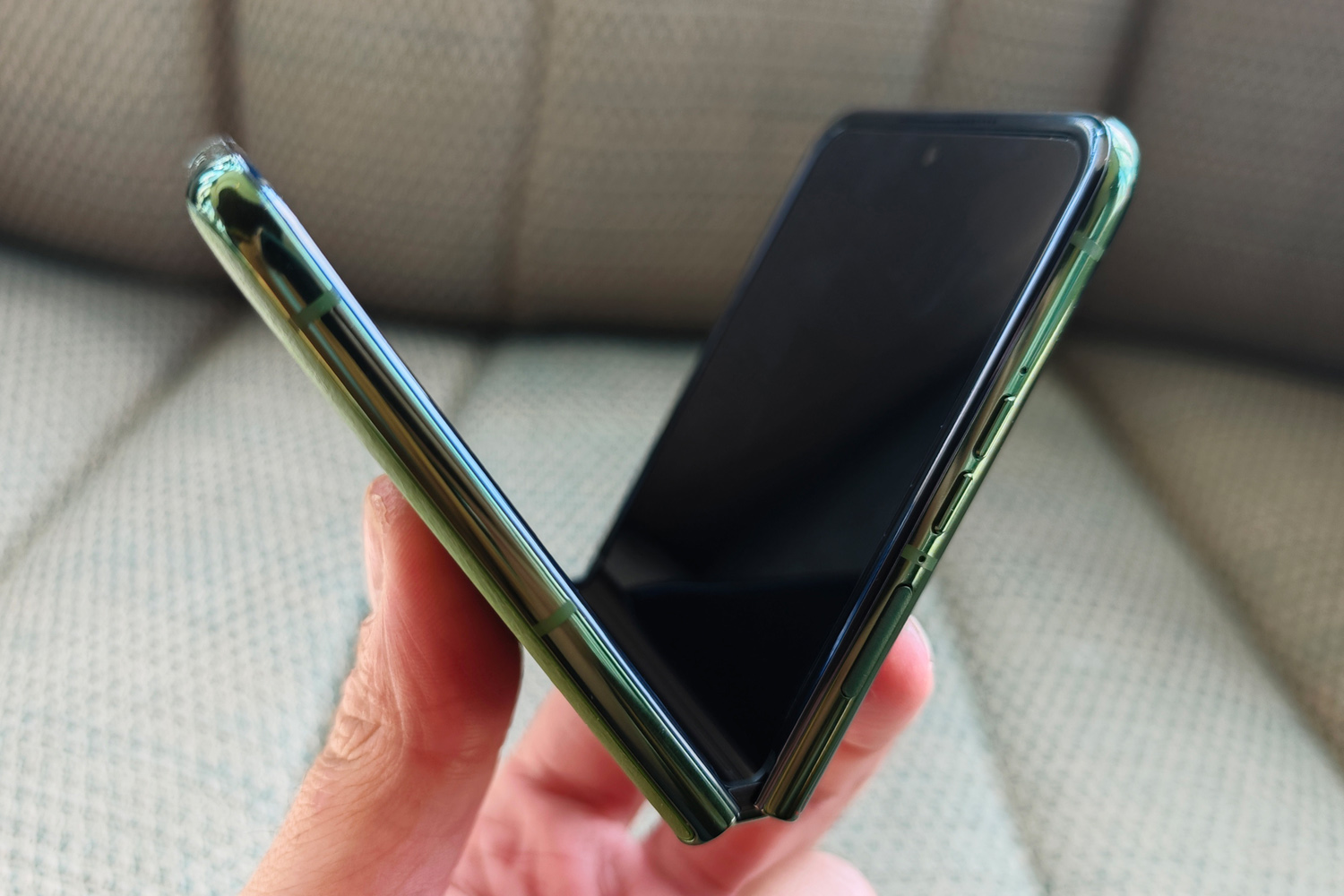
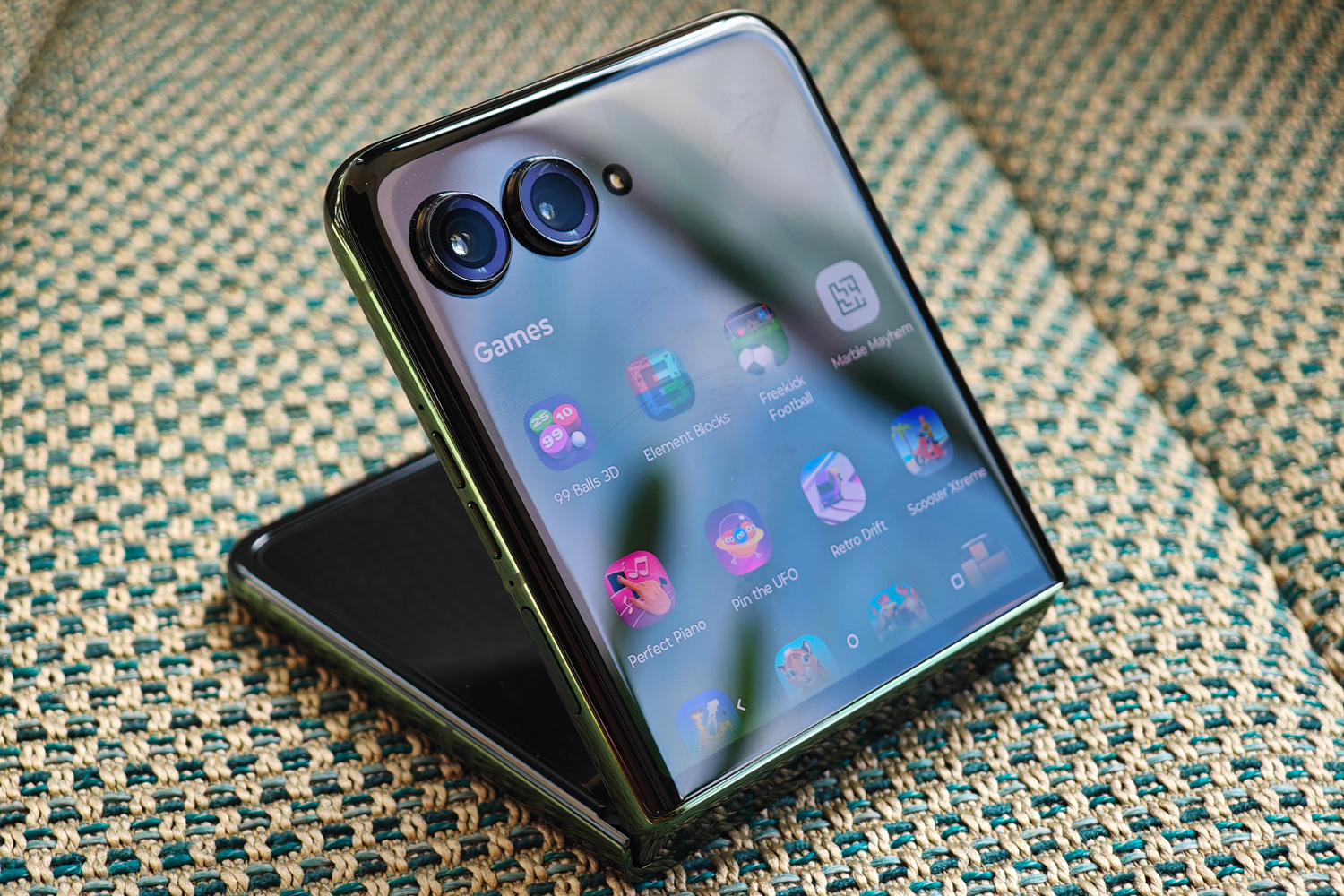
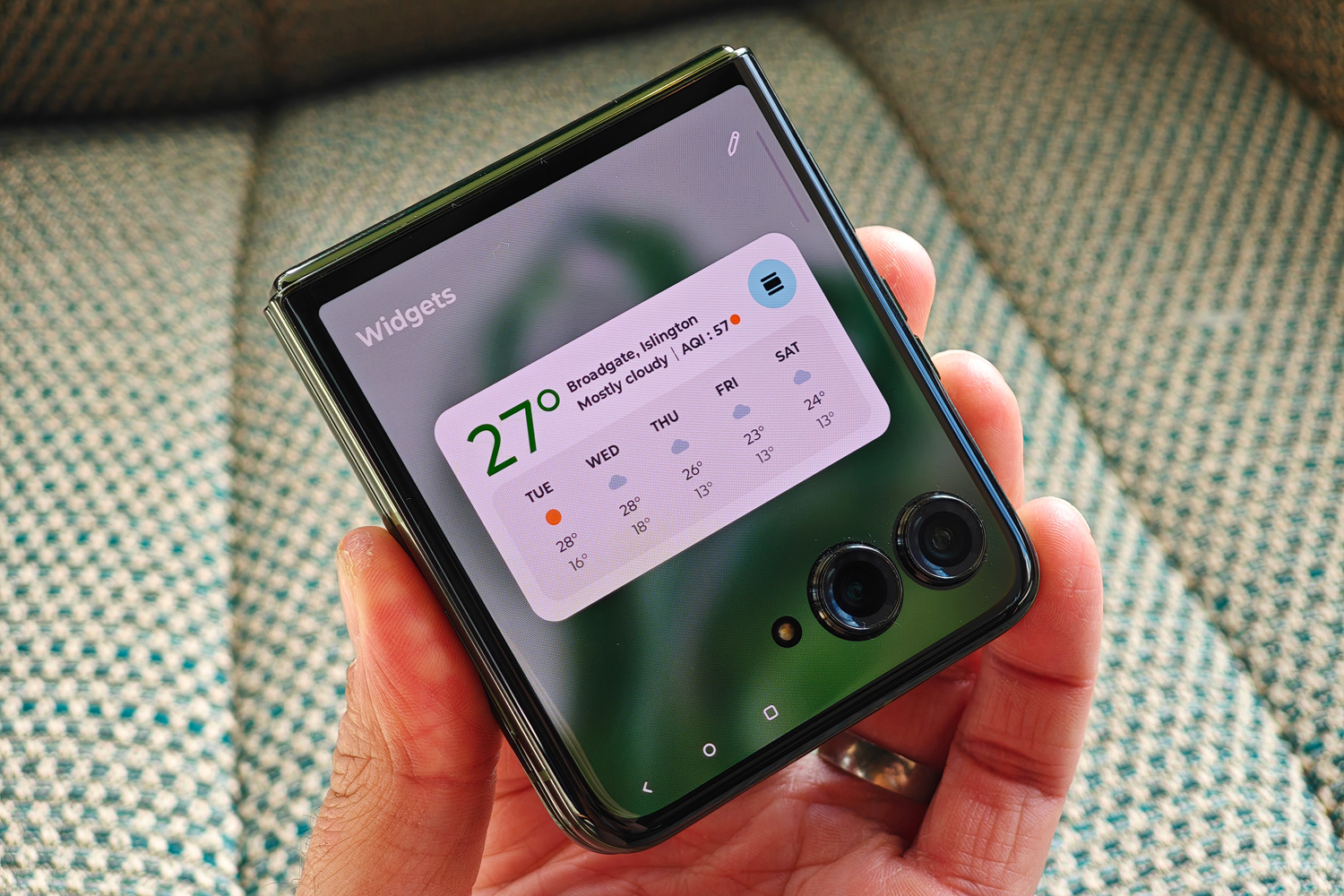
Previous Razrs were desirable devices, but I reckon the Razr 50 Ultra has supermodel good looks. Especially in the distinctive Spring Green colour of my review unit. I’ll admit to not being the biggest fan of Peach Fuzz and Viva Magenta, Moto’s last few hero colours – but this generation has more gender neutral options, including Midnight Blue. The pink pair make return here, though, in case you were a fan, though early reports suggest the Magenta model’s vegan suede finish is susceptible to scratch marks.
A polished metal frame looks suitably high-end, and my Spring Green model’s vegan leather rear panel is wonderfully grippy. Folded shut, this is a perfectly pocket friendly phone, weighing almost the same as last year’s effort and matching its slender proportions. The rear panel has held up well against wear and tear in the three weeks I’ve been testing the phone. The hinge is also easier to open one-handed now, even if the range of degrees it can stay open for feels about the same as before.
The outer screen, which almost fills the entire front of the phone, demands the most attention. It’s larger than any other flip phone I’ve tried, and Motorola’s user-friendly software means you get to choose which apps to use on it – not just ones the firm has signed off on, like some rival flip phones.
Motorola has also stepped up its water resistance game this year, with an IPX8 rating that puts the Razr 50 Ultra on par with the Samsung Galaxy Z Flip5. That said, flexible OLEDs are still about as delicate as consumer hardware gets, so I’d definitely think about putting the phone in a case for added protection. Motorola includes one in the box in certain markets, in a matching colour, and with a useful lanyard strap.
Screen & sound: oh so usable
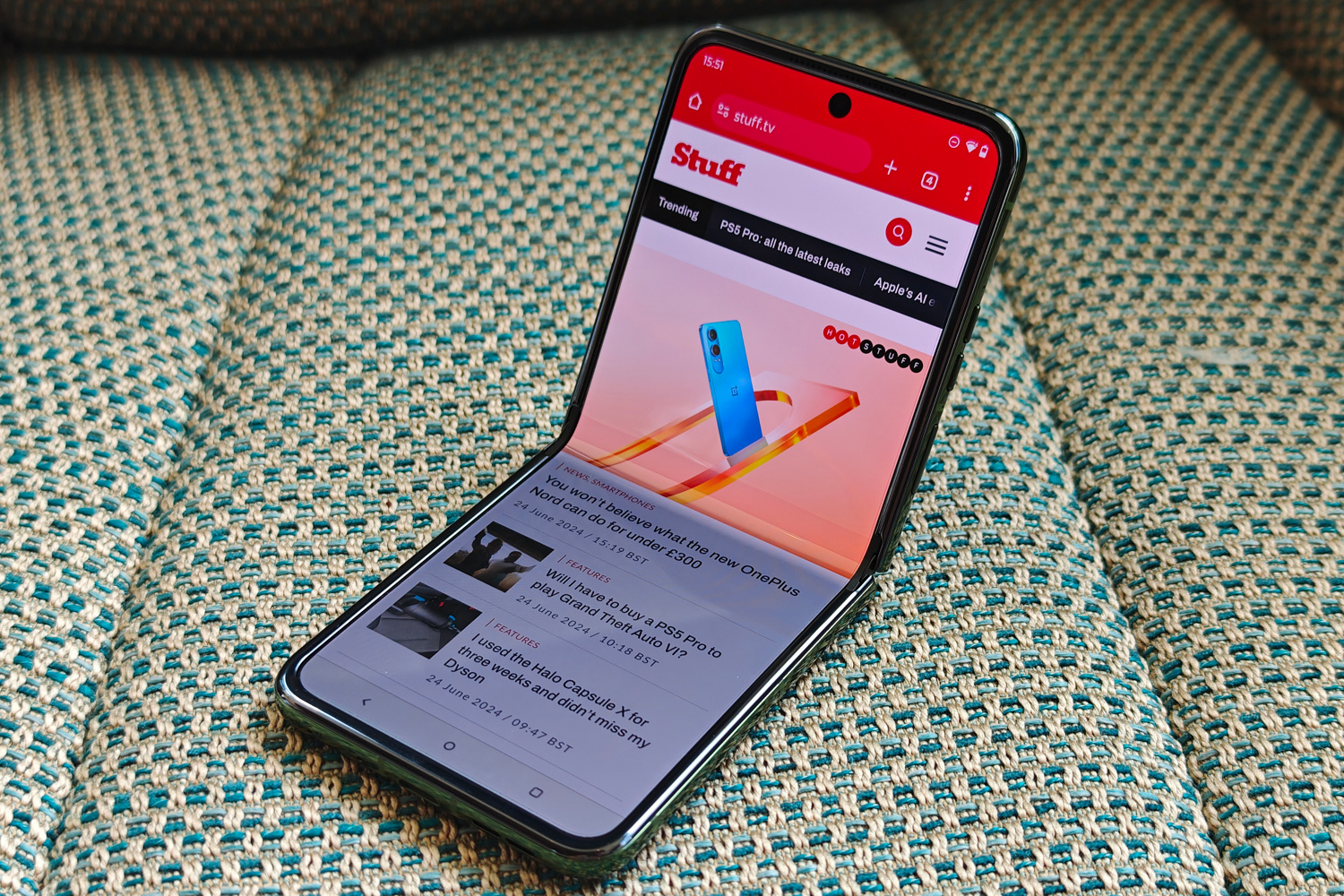
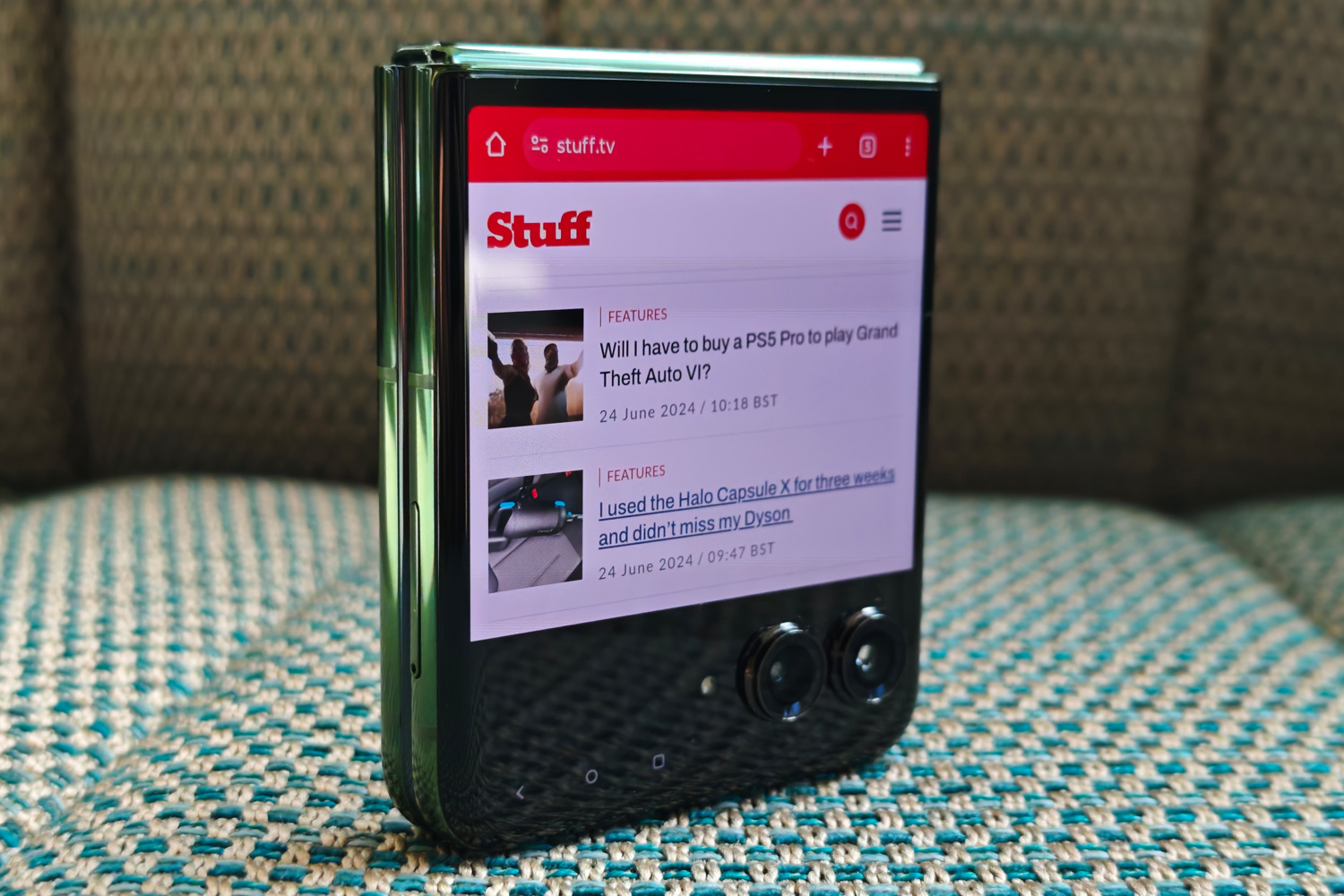

At a palm-filling 4in and with a tack-sharp OLED panel, the Razr 50 Ultra’s outer screen is so good you can almost forego flipping it open entirely. Moto has ditched the thicker top bezel, and shrunk the surrounding frame to make room for it, but kept the distinctive twin punch hole cutouts for those twin camera lenses.
Apps have more room to breathe than last year, even without enabling the full screen setting (which fills the entire panel, obscuring anything beneath the camera cutouts). Typing is easier too. I could tap out sentences at full speed with no typos – something I couldn’t say about the outgoing phone. You’re still forced to pick between onscreen buttons and gesture navigation across both screens, rather than individually, but the latter is a lot easier than it was previously thanks to the larger form factor.
A 165Hz refresh rate guarantees smooth motion while swiping between screens, and taps were just as responsive as the inner display. Colours are wonderfully vibrant and punchy, and it got bright enough I could see it clearly outdoors on especially sunny days. Moto claims a 2400 nits peak, which is up there with many mainstream non-folding phones. Motorola has finally added an always-on display option, too.
The Razr 50 Ultra continues to impress once you flip it open, particularly for anyone who hates screen creases. I can still feel the subtle hinge when swiping across the screen, but it’s hard to spot at the sort of angles I typically use my phone at. Motorola remains the pick of the bunch for flip-style foldables, especially now it has ironed out the slight wobble I noticed on the old Razr 40 Ultra.
Unlike a lot of folding screens I’ve used, the plastic film covering the pOLED panel doesn’t create a whole lot of friction for your fingers. It’s still very reflective, but has so far avoided picking up lots of fingerprint smudges. A better than Full HD resolution and 165Hz refresh rate deliver a sharp and smooth image, and colours are as impactful as I’d expect from OLED tech – although at 6.9in it could stand to squeeze in a few extra pixels for flagship-rivalling clarity. That’s very tall, too, so reaching the top part of the phone when unfurled can still be a bit tricker for smaller hands.
Brightness is the one area this phone can’t compete with the best non-folding handsets, with a claimed 3000 nits peak. That’s still perfectly punchy for outdoor use, though.
This phone has a fairly typical down-firing main driver and earpiece speaker combo, which delivers a similar performance as last year. Volume and clarity are both respectable, so headphones aren’t always a must.
Cameras: count me in
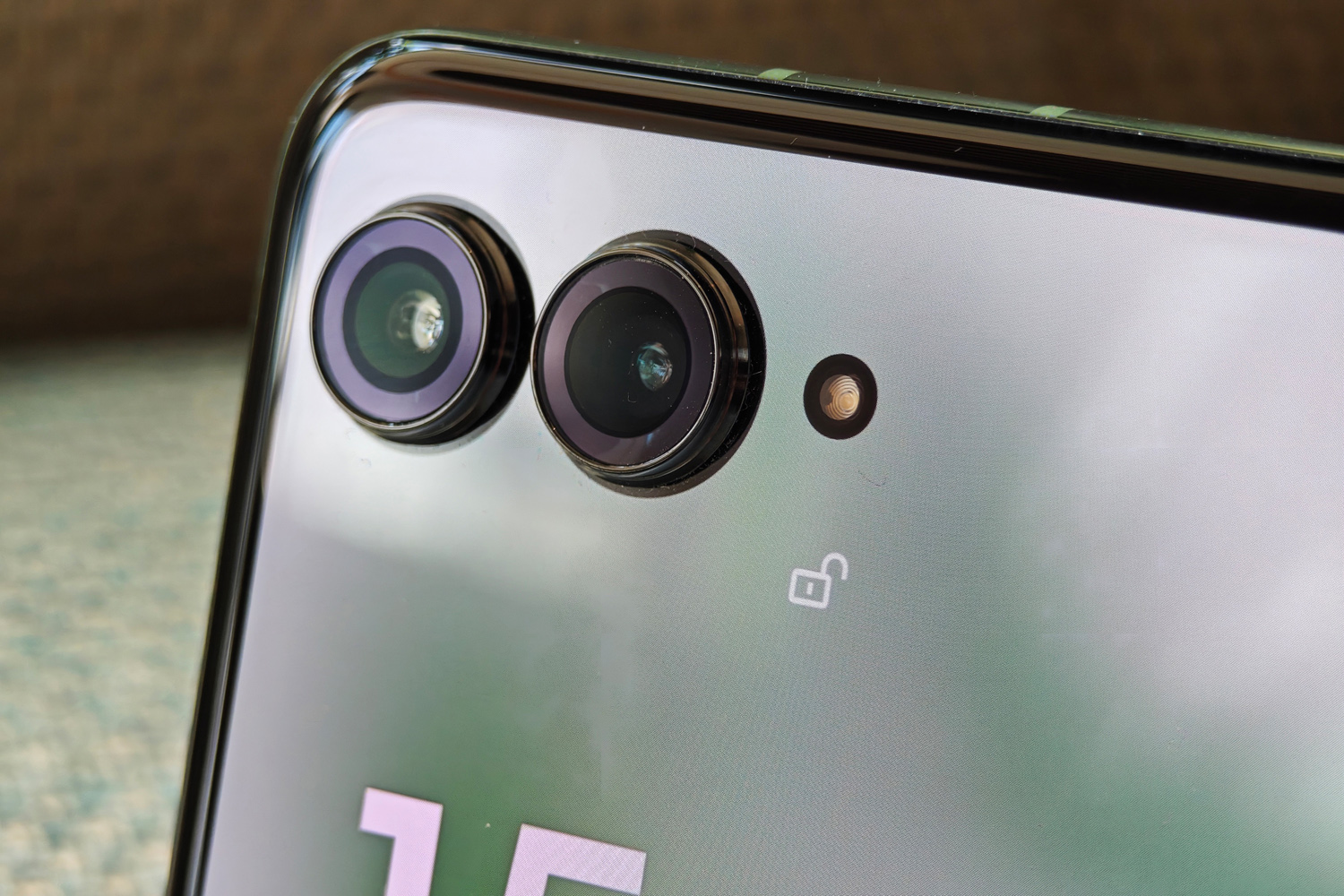
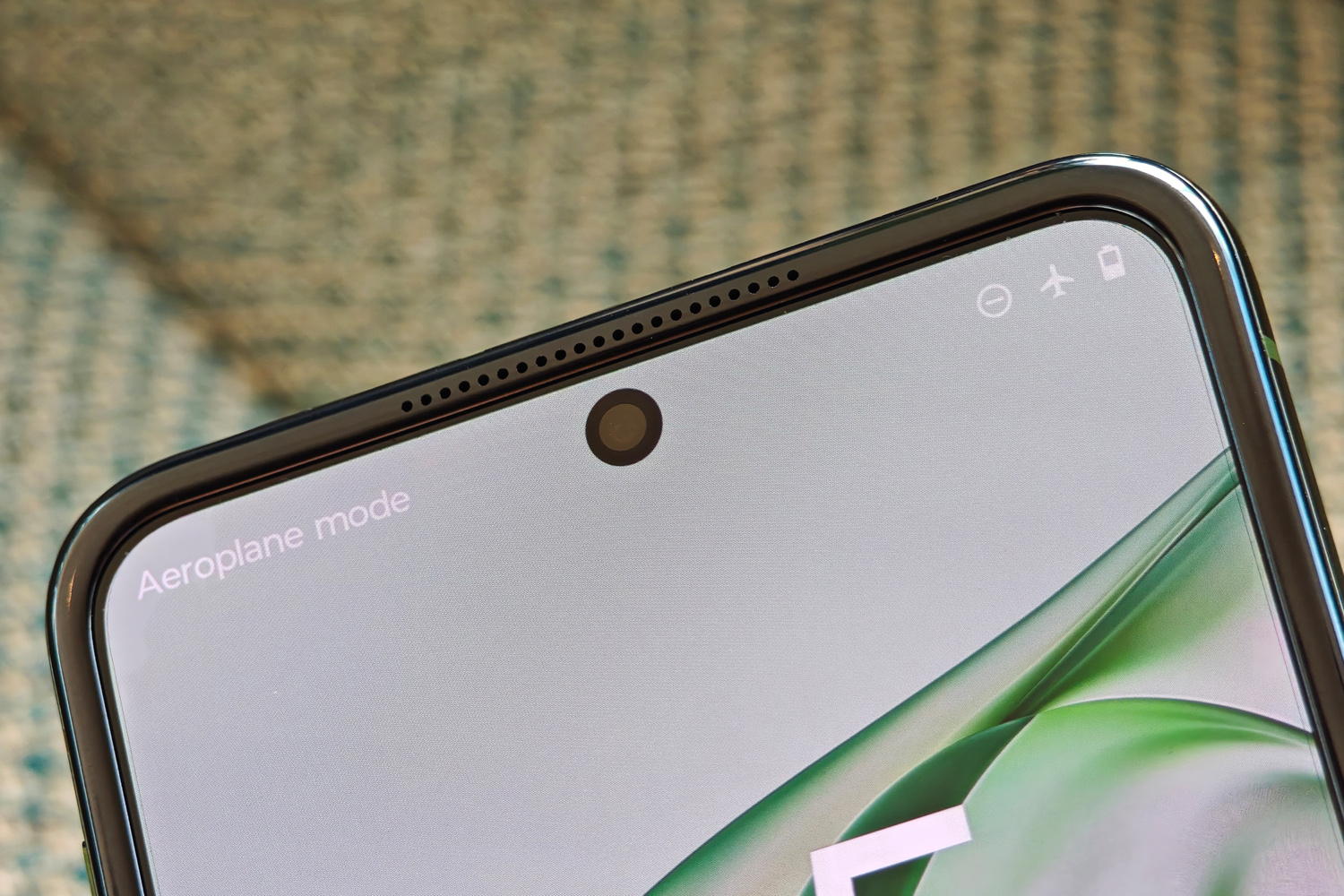
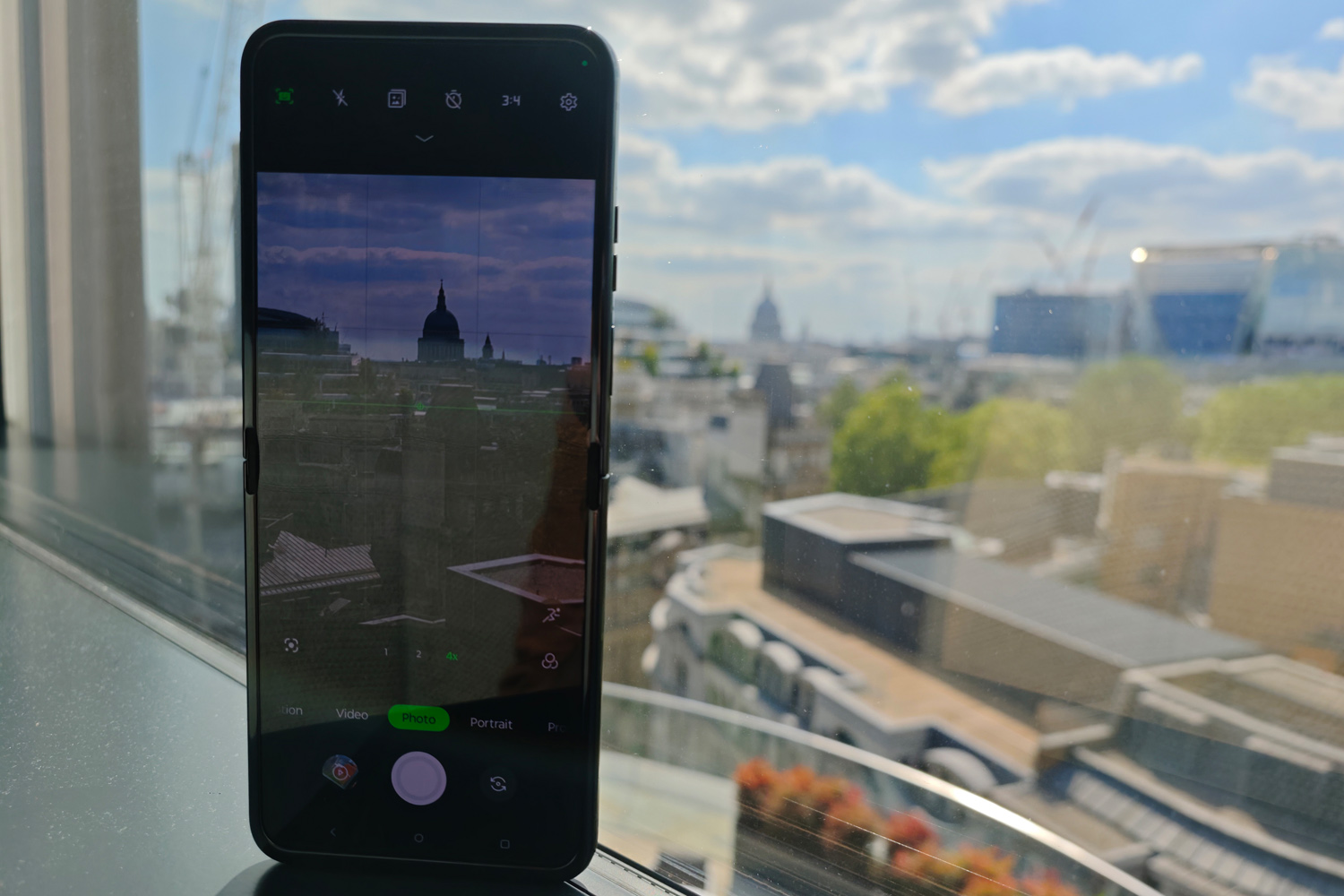
Flip phones have never been the last word in phone photography, but the Razr 50 Ultra puts its best foot forward with two 50MP exterior snappers. There’s one wide-angle with optical image stabilisation, and one 2x telephoto without. Both are a big leap in pixel count compared to the outgoing model.
I don’t see ditching the ultrawide lens as a big deal, given Moto’s research showed Razr owners took more selfies and portraits of people than expansive landscapes. I did, however, wonder whether 2x would be enough magnification. Surely cropping into a main sensor with so many pixels would give near-lossless 2x results in all but the darkest of lighting – freeing up the telephoto for a stronger 3x or higher zoom? Then I remembered how flattering a 50mm focal length can be for portraits. A bit of sensor cropping and this phone can also manage 85mm portrait snaps, complete with convincing looking (albeit digital) bokeh depth blur.
Brightly lit daytime scenes are bursting with colour, dramatic-looking HDR and high contrast; Motorola’s sometimes heavy-handed sharpening looks to have been kept in check too. There’s not the level of colour consistency you’ll get from rival phones, though; cloudy and overcast days can appear more muted and cold than reality, with artificially boosted highlights. On the other hand, an ‘auto enhance style’ ramps up the colour saturation; it’s sure to go down well with any conquest customers that previously had a Galaxy Z Flip in their pocket.

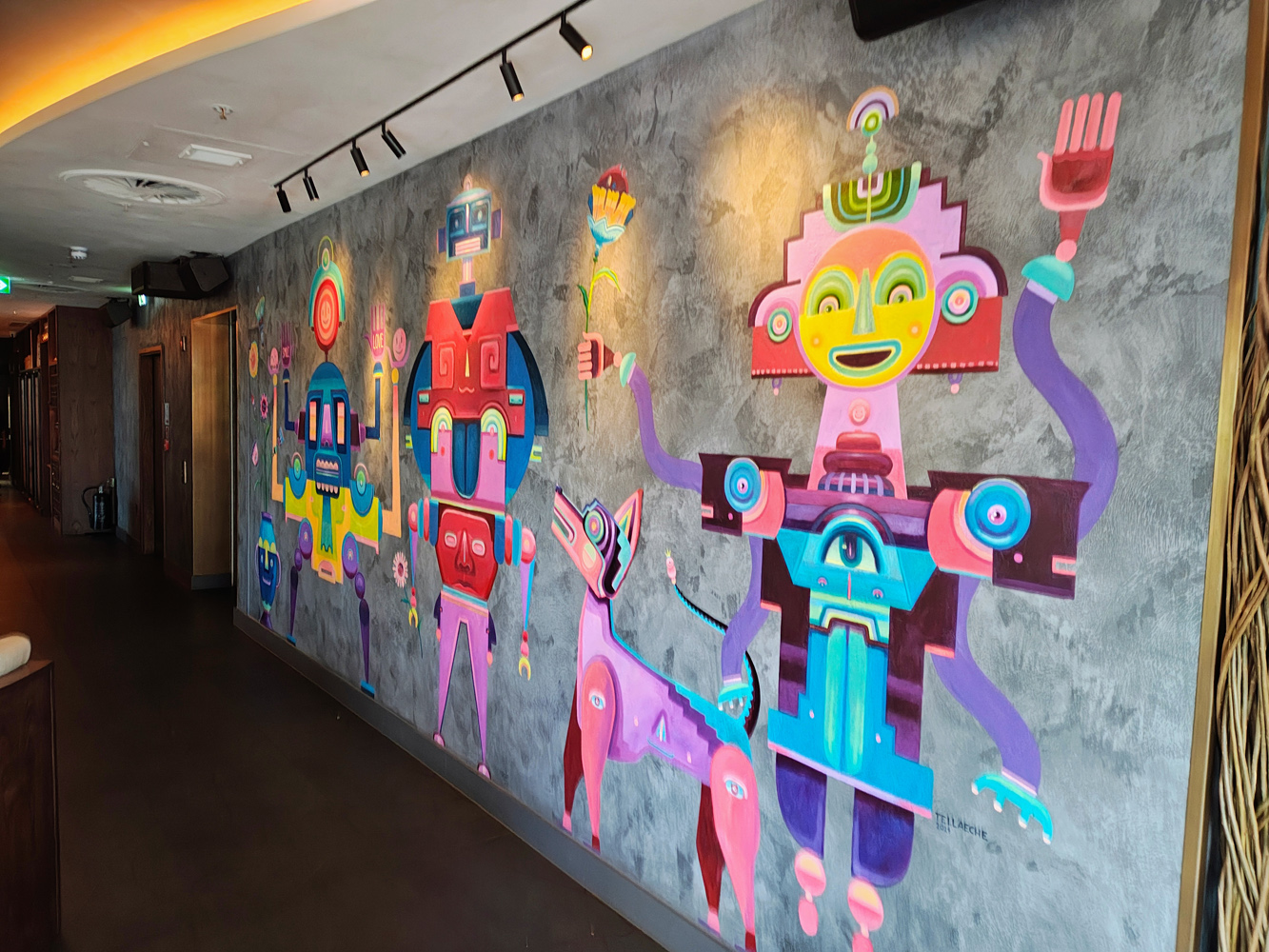







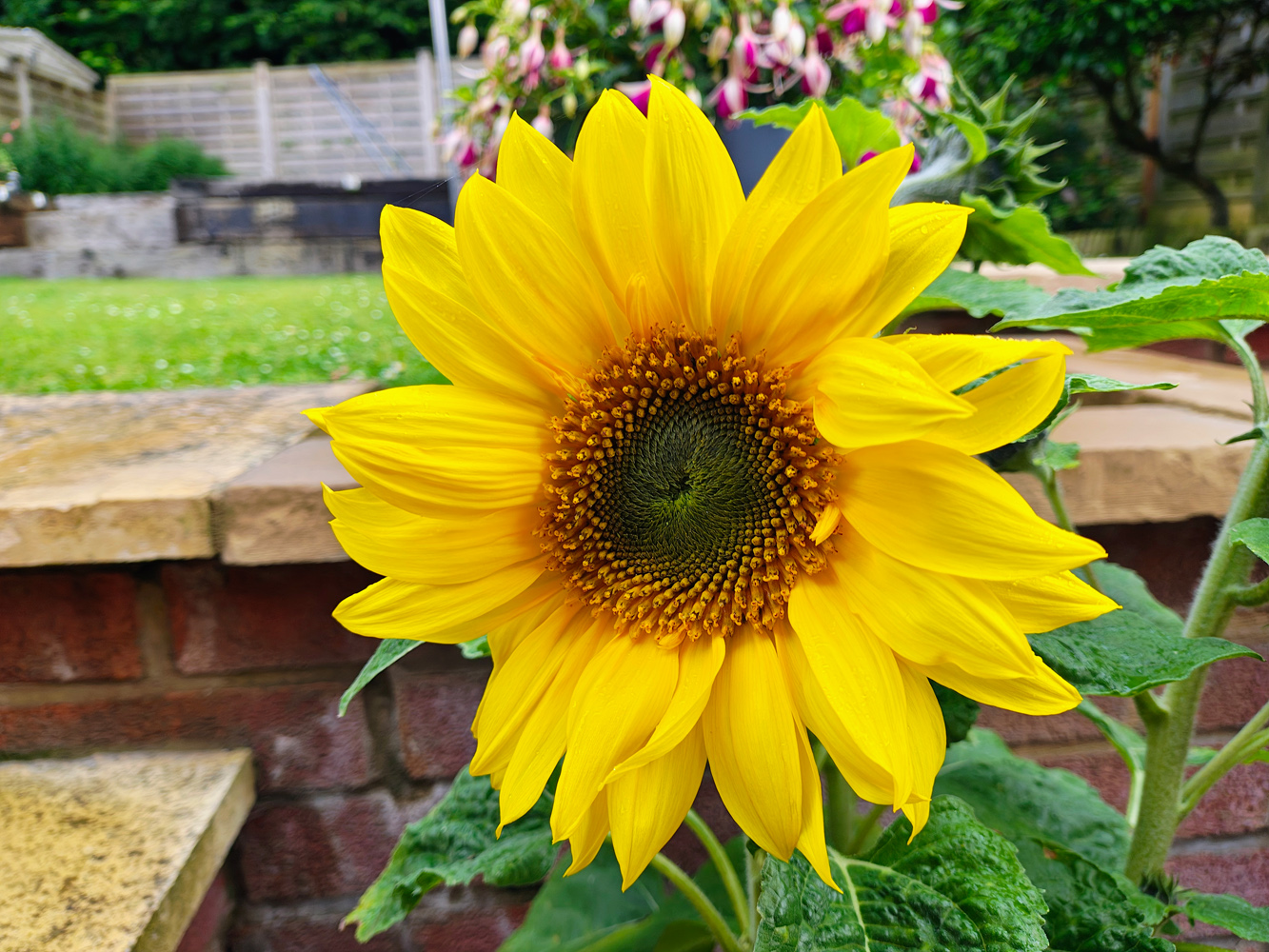

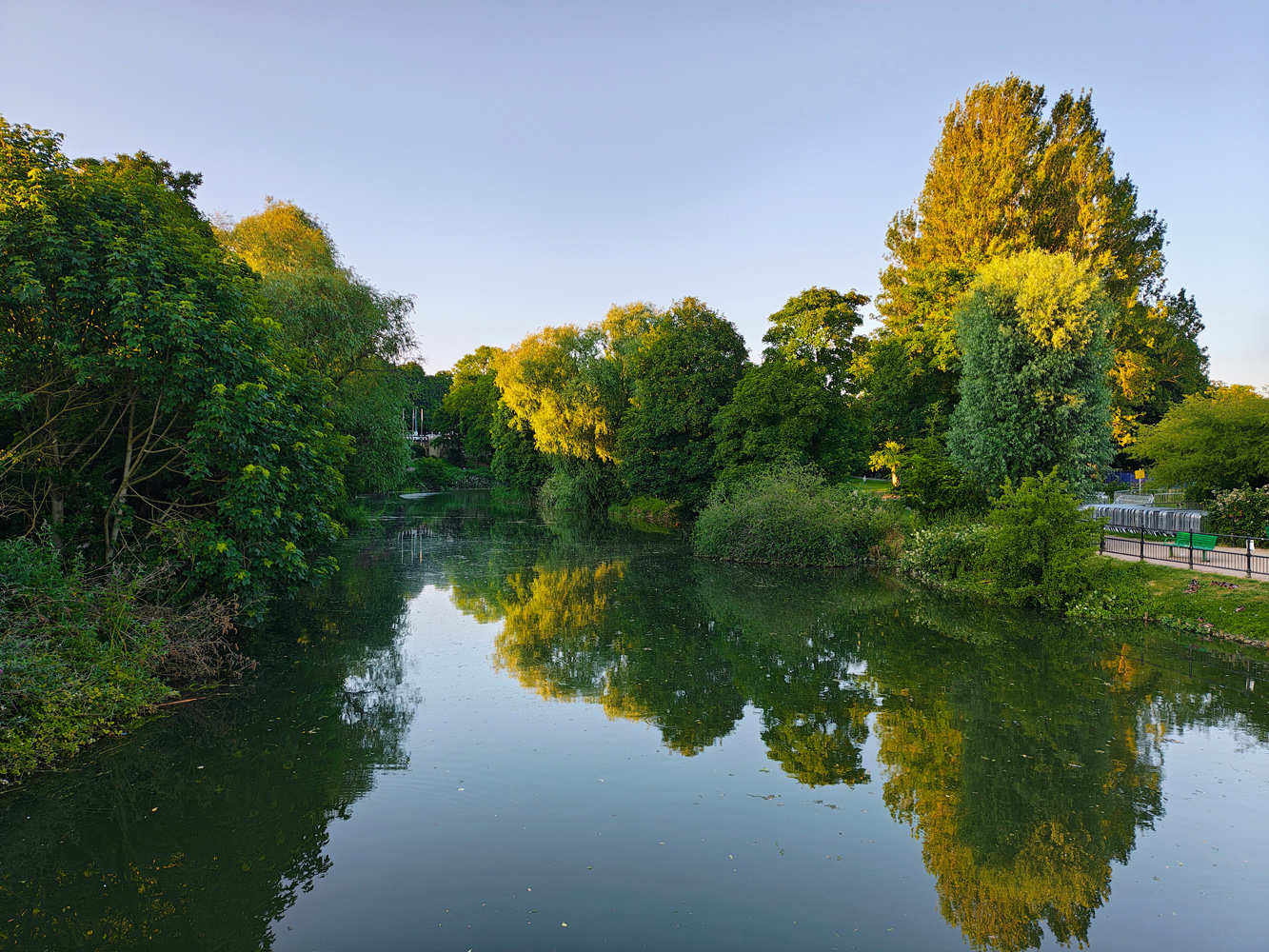

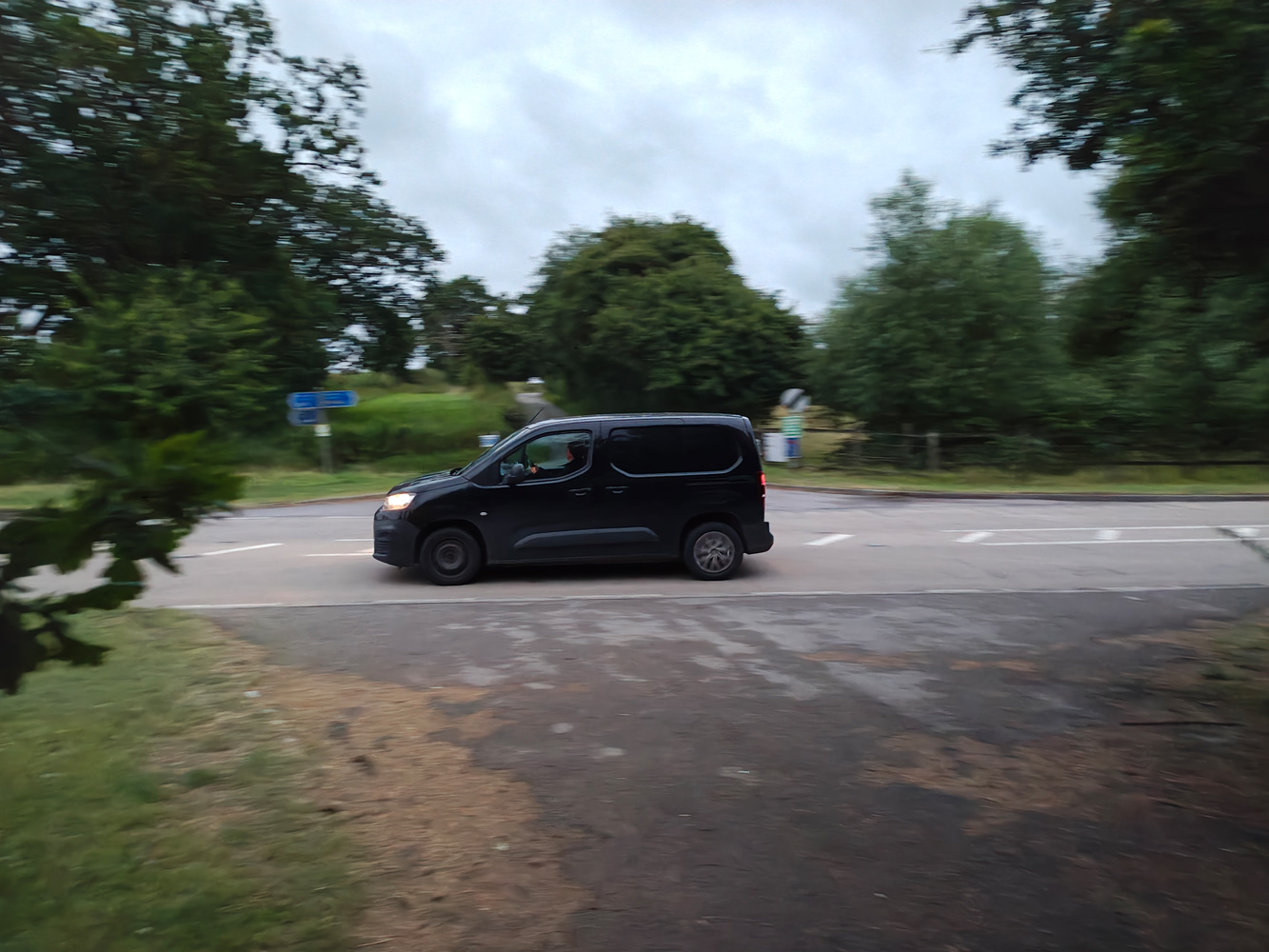
The 2x zoom lens isn’t always a perfect match for the main one, with metering and exposure often leaning darker. Some scenes felt like they were shot at completely different times of day. There’s still plenty of detail present, and HDR does a great job balancing highlights with shadow. Details drop off rather quickly once the light dims, especially once the 4x digital crop gets called into play.


At night the main lens is the better option, with optical image stabilisation and a wider f/1.7 aperture making all the difference. It’s can’t compete with non-folding flagships that use giant 1in sensors, but Moto’s image processing does a very respectable job with noise reduction, sharpening and preserved detail. You’re not making anywhere near the same sort of compromise on camera ability as you did with previous flip phones.


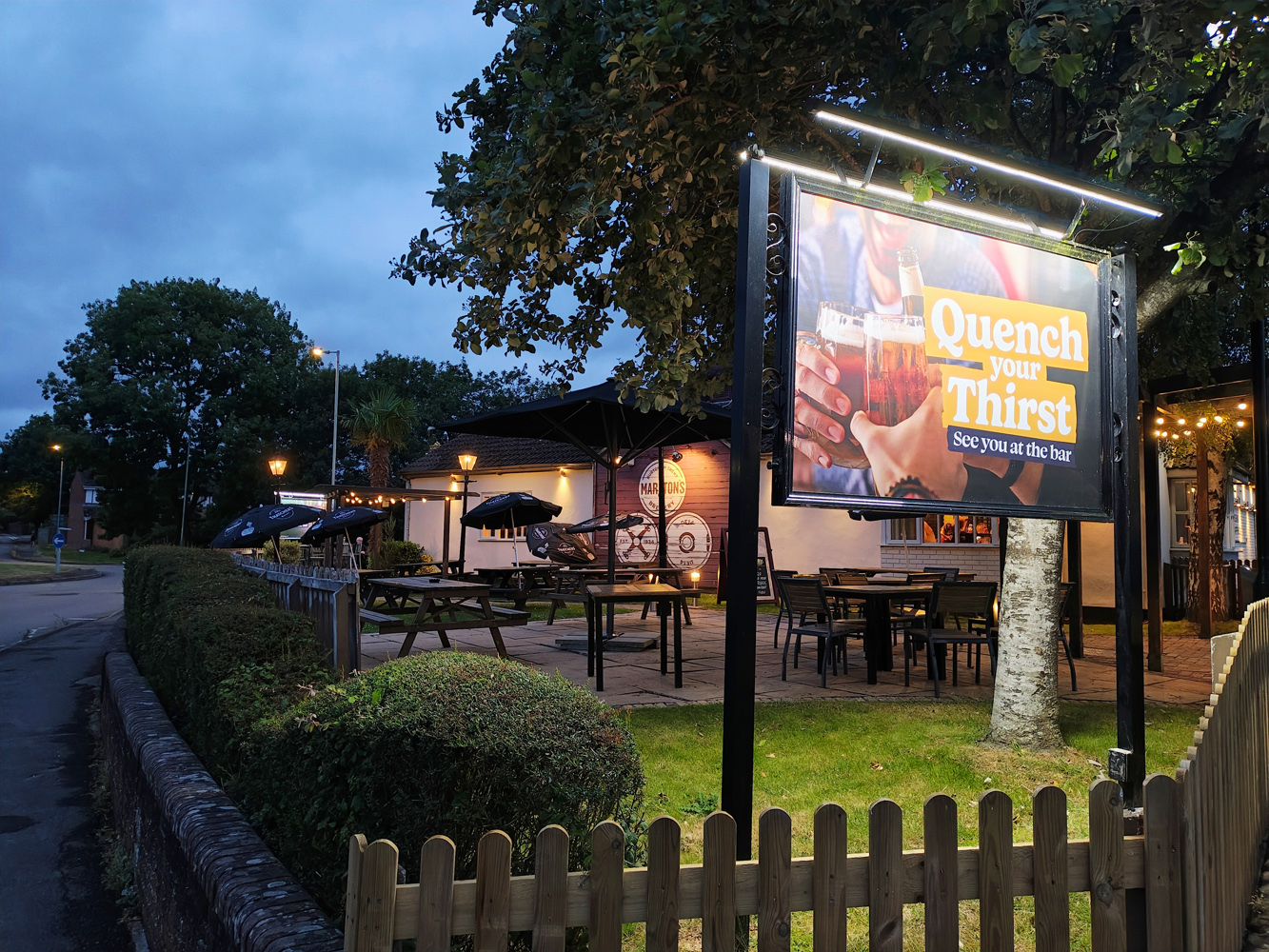

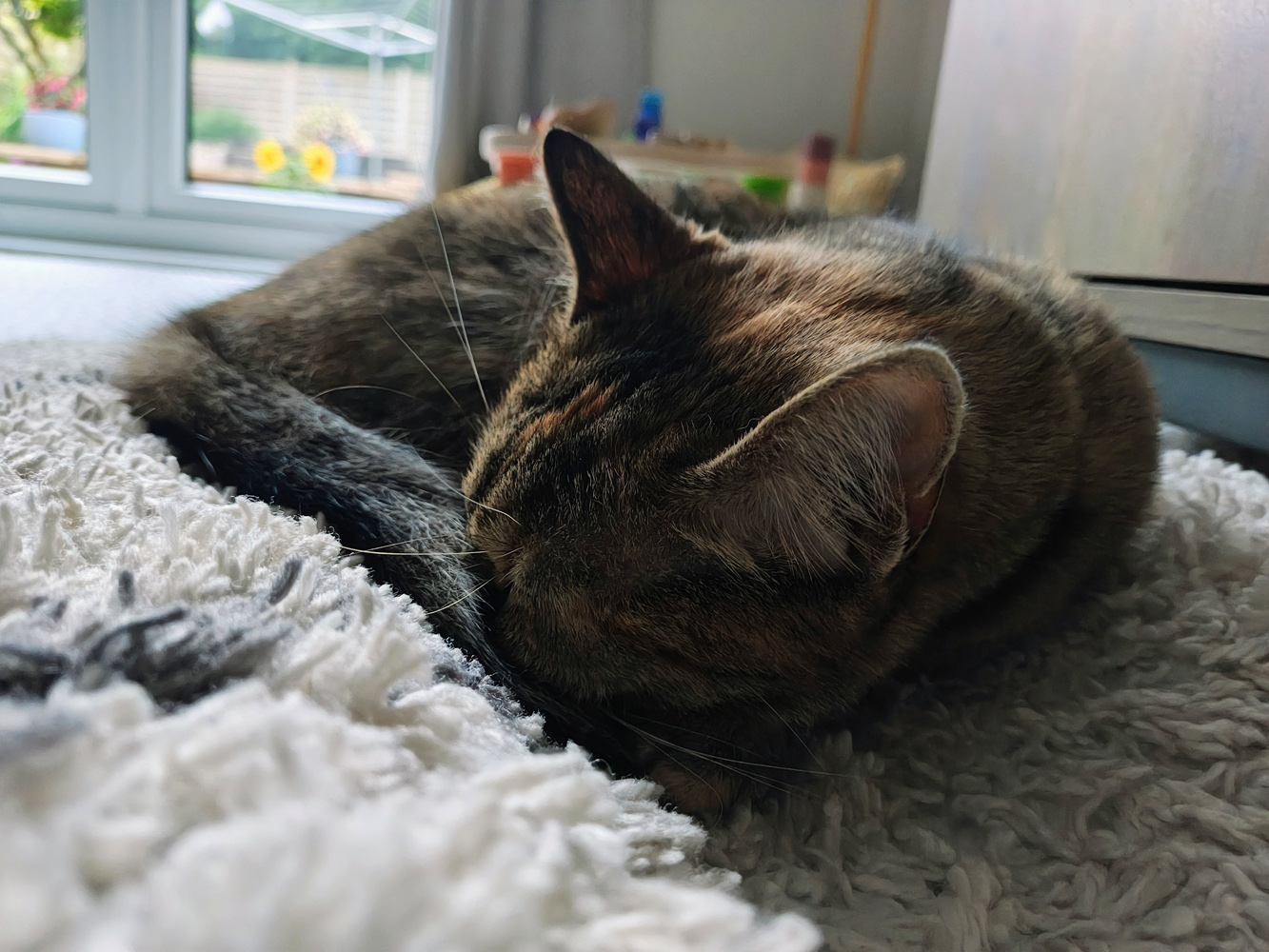
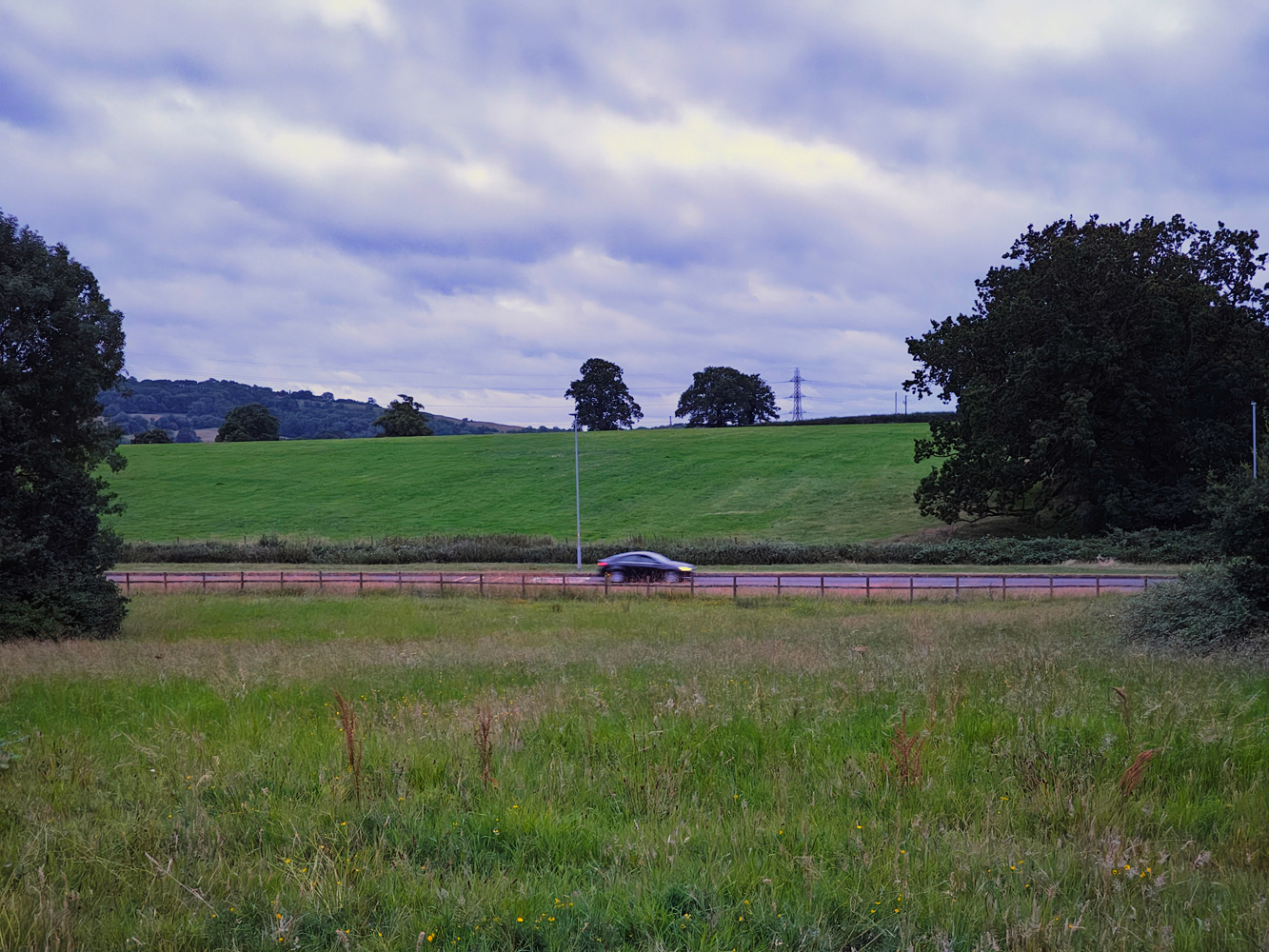
There’s a 32MP camera punched into the inner screen, but with the cover display acting as a viewfinder, you’ll want to do all your selfie snaps using the outer pair of lenses. I love how the outer screen can either give your subjects a preview of the shot, or flash up a cartoon character to get them to smile – it worked wonders with my infant son.
Software experience: flip-friendly
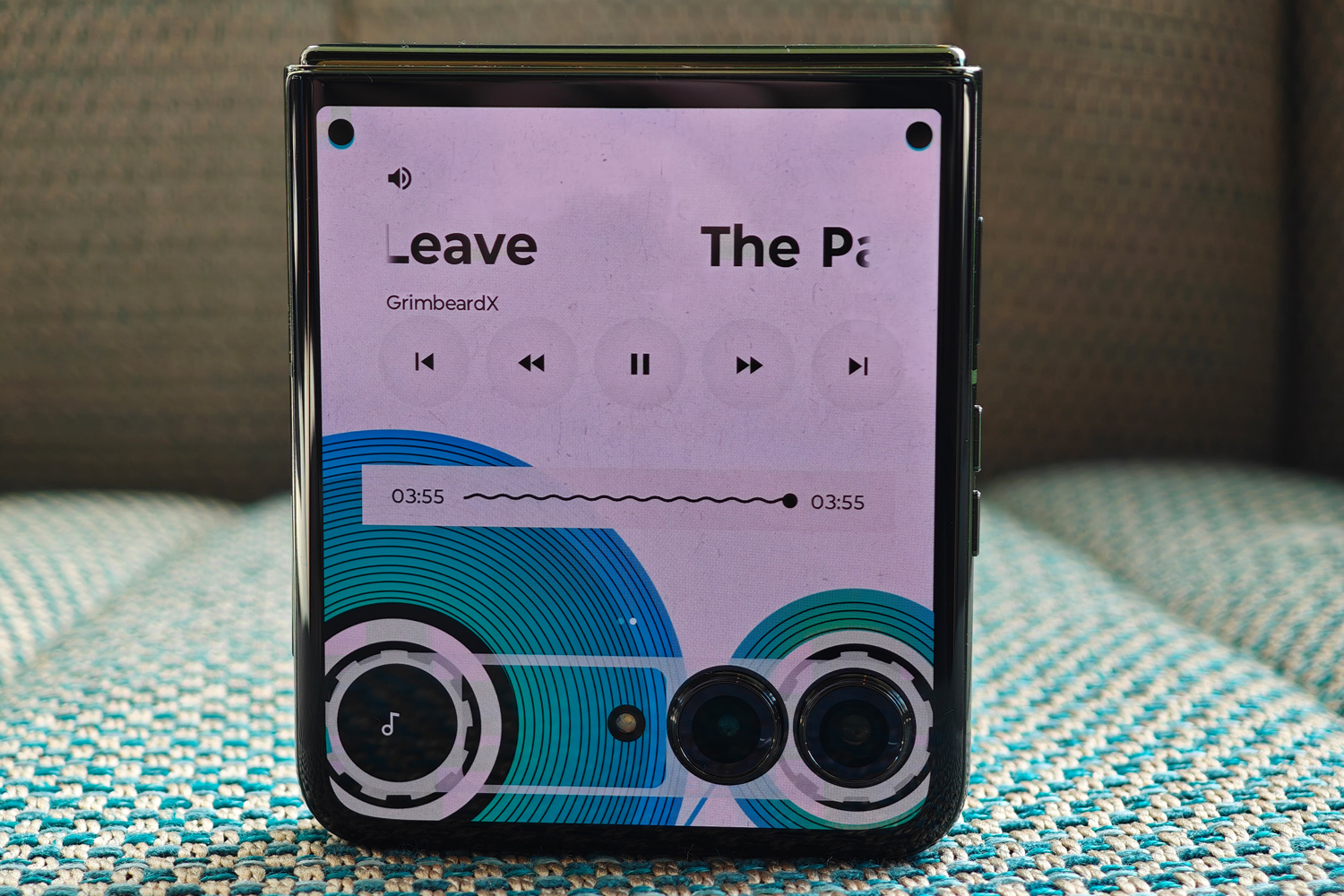
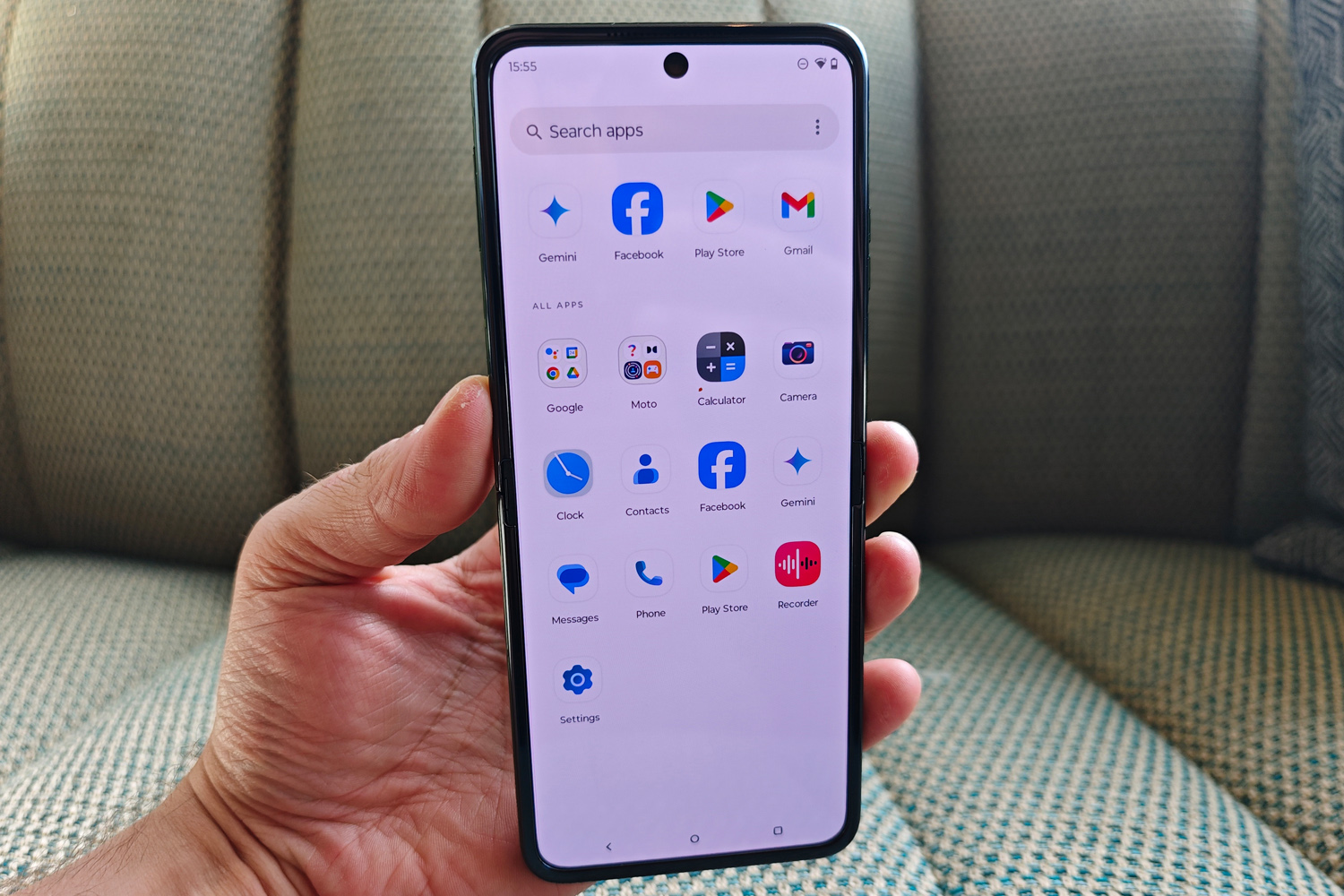
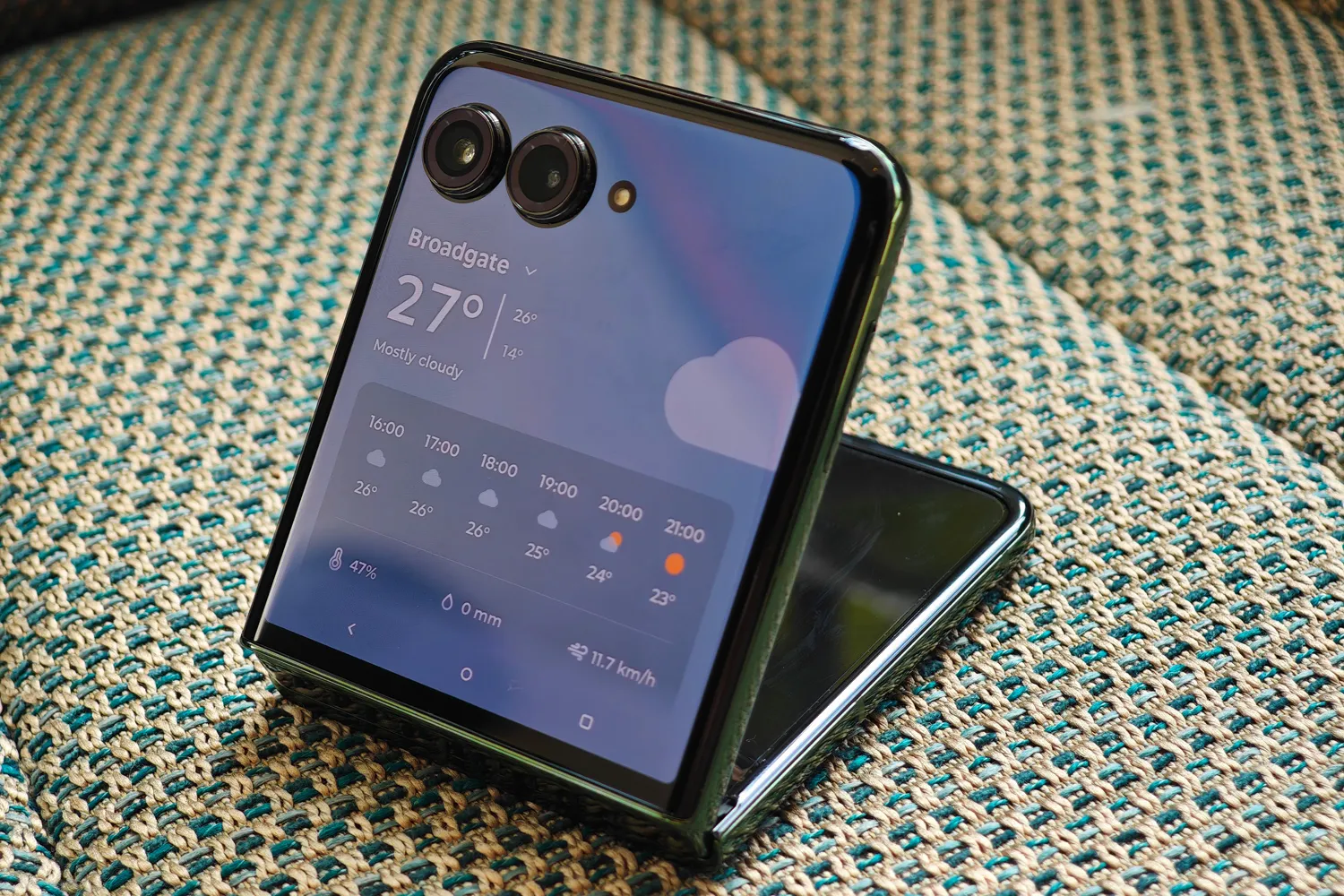
I love Motorola’s light touch approach to Android; there are plenty of handy gestures and features hidden away in a dedicated customisation app, but more dramatic changes like floating sidebars and always on screens are switched off out of the box. It’s a pared back experience with wider appeal than some rivals’ heavily modified skins.
The biggest differences are, naturally, all to do with the cover screen. You can place widgets, turn off certain pages (like phone contacts or the surprisingly extensive list of games designed to fill the screen’s square aspect ratio) and choose which apps can be accessed without opening the phone. The media player graphics that mimic a cassette tape or vinyl record player whenever you’re streaming music are just perfect.
Not all third-party apps are suited to the cover screen, which forced some experimentation on my part. Motorola makes this easier with a prompt that appears when closing the phone, asking whether to approve the running app permanently, or just the once. This is loads better than having to do it from the main screen like last year’s model.
Motorola has included more own-brand apps than previous years, but they’re all largely useful inclusions. Family space lets you lock down app access when handing your phone to a youngster; Smart Connect lets you control the phone from a PC and share content wirelessly; Moto Unplugged cuts down on distractions by limiting you to just a few essential apps.
It relies on Google’s default apps everywhere else, including Gemini instead of the older Google Assistant. This is the first phone to ship with Google’s AI-powered helper out of the box, and Moto has thrown in a few months’ access to the advanced tier for Razr 50 Ultra customers.
The one sore spot remains Motorola’s long-term software support – and the speed at which it rolls out updates. The Razr 50 Ultra is getting three new Android generations and four years of security patches, which is several years less than you’ll get from a modern Samsung flip phone. Android 14 is only just arriving on the Razr 40 Ultra, too – eight months after it originally released and just a few shy of Android 15’s expected arrival. There’s definitely room for improvement here.
Performance & battery life: fab for a foldable
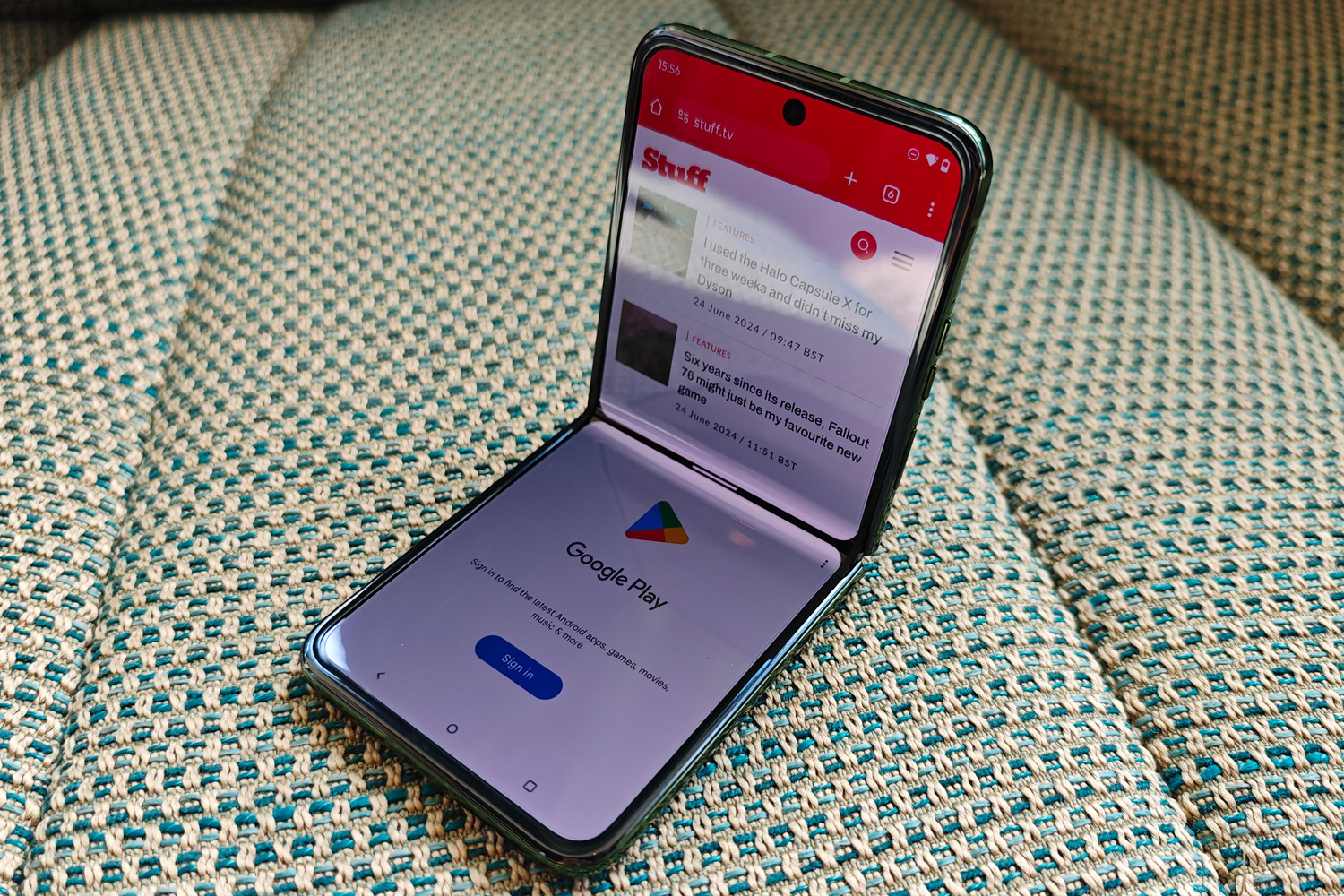
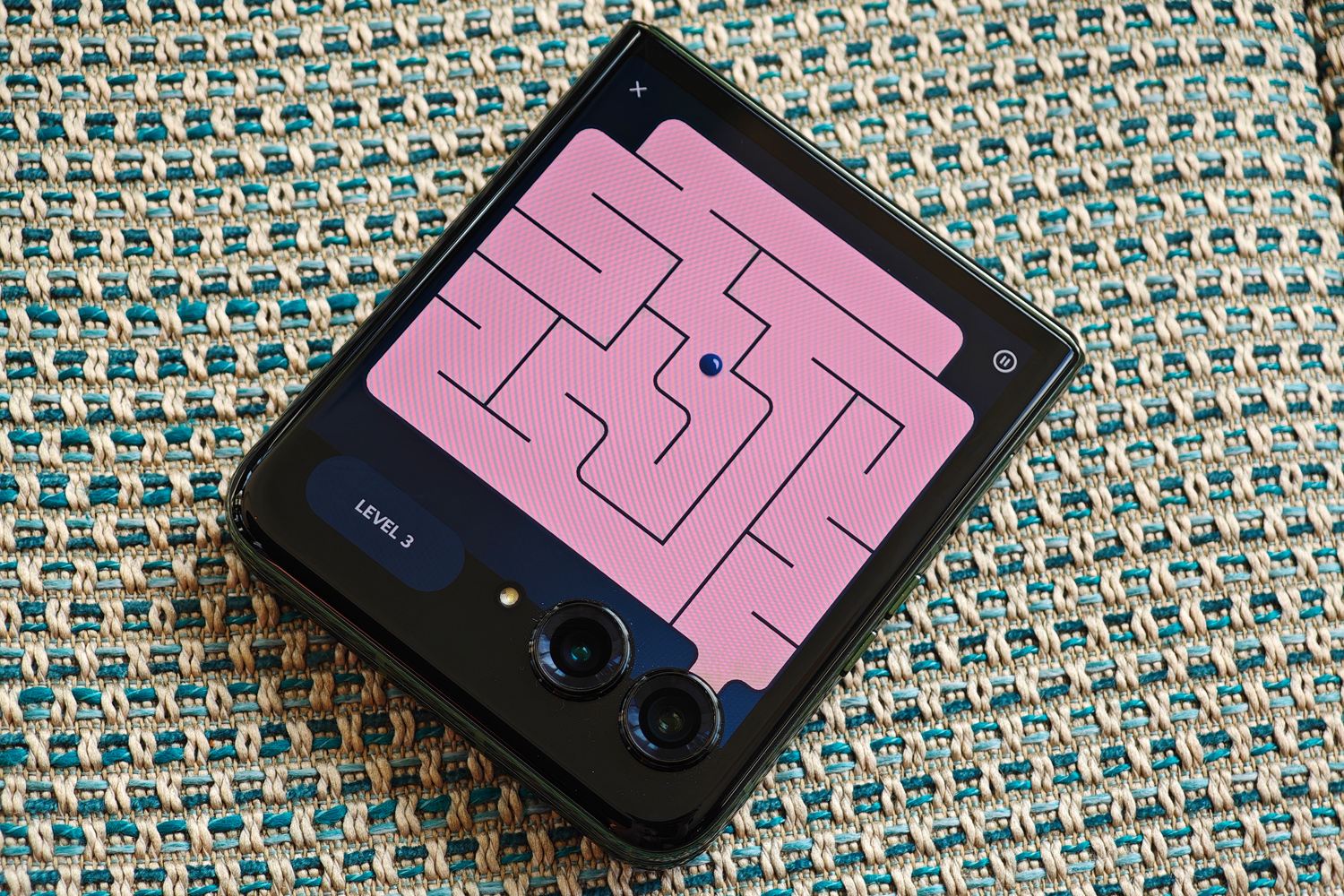
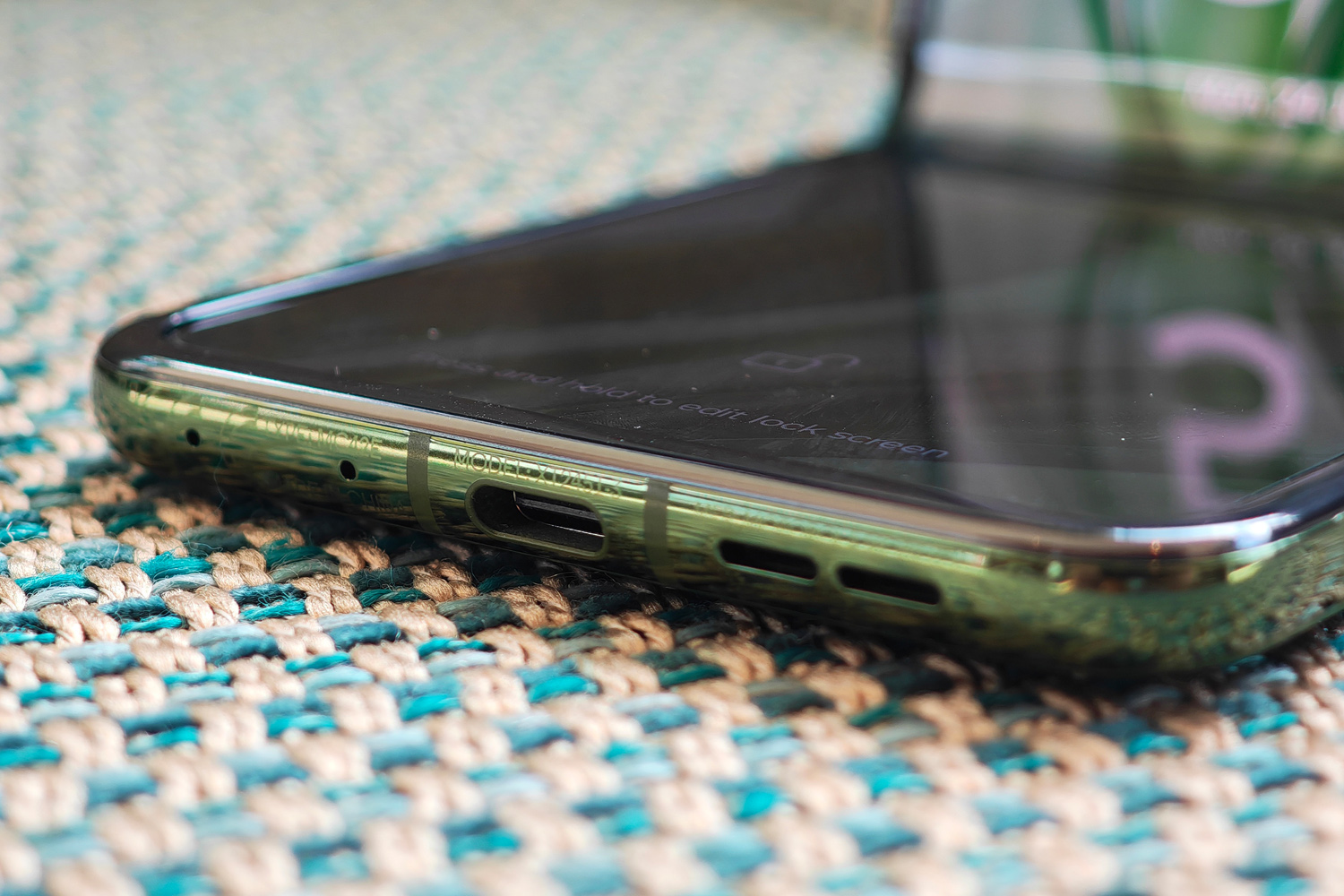
The Razr 50 Ultra continues Moto’s habit of fitting its foldables with chipsets that aren’t quite top-tier – but still have more than enough oomph to still be considered a flagship. There’s a Snapdragon 8S Gen 3 running the show here, paired with 12GB of RAM and either 256 or 512GB of on-board storage.
Synthetic benchmarks put this behind the most powerful flip phones, and at the time of writing Samsung’s Galaxy Z Flip6 had yet to land. However, real-world performance still felt superb, with fluid animations, fast app loads and smooth multitasking. There was no stuttering or slowdown when running two apps in split view, and the on-device generative wallpaper editor only needs a few seconds to create backgrounds based on photos taken using the rear camera.
Gaming isn’t a hardship either. The Razr breezed through my daily Street Fighter Duel session – roughly twenty minutes – and a longer stint in Call of Duty Warzone Mobile didn’t reveal any obvious thermal throttling or frame rate dips. Only serious players will demand more frames than this phone can deliver.
After several weeks of regular use, the Razr 50 Ultra’s 4000mAh battery held up very well between charges. That’s not a huge surprise, given there’s 200mAh more capacity than you got from the Razr 40 Ultra, and the chipset is more efficient to boot. With the cover screen saving me from opening the phone for a considerable number of my most-used apps, I regularly ended the day with 30% remaining; only heavy gaming or lots of camera use made me plug in before the end of the day.
Motorola still includes a rapid charging power brick in the box, which can refuel the phone at its maximum 45W and even supply more demanding hardware with 68W. Wireless charging also makes the cut here.
Motorola Razr 50 Ultra verdict

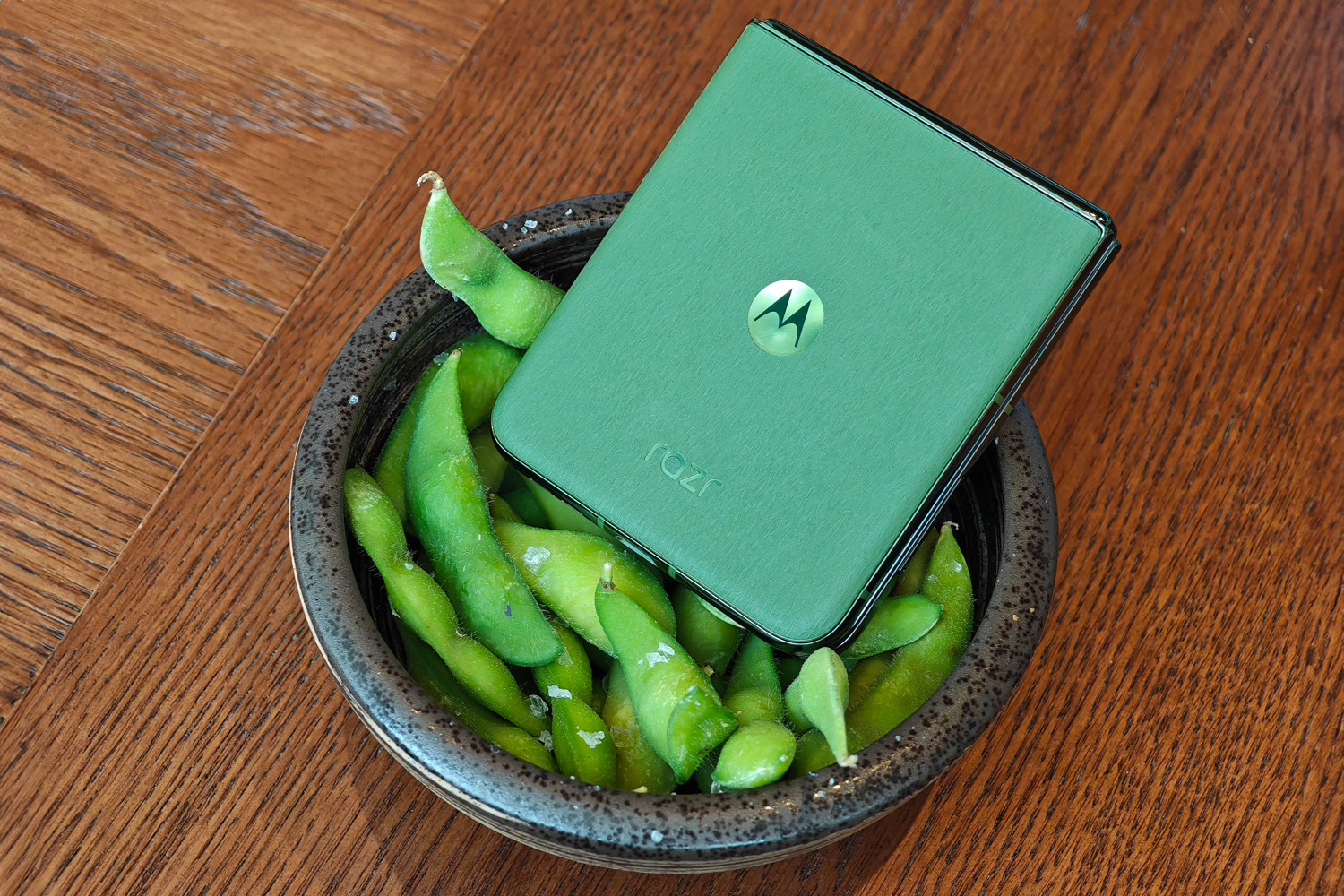
The Razr 50 Ultra has doubled down on everything that made the previous generation such a great flip phone. The cover screen is even larger and more usable, water resistance is now class-leading, and the new camera hardware is very capable – although image processing still isn’t quite as consistent as some rival clamshells.
Battery life is very good, and performance is absolutely on the level I’d expect from a flip flagship. I love Moto’s open approach to running apps on the cover screen, too; the approaching Galaxy Z Flip6 looms large, but Samsung’s widgets-first approach isn’t nearly as useful. If Motorola can sort its long-term software support, this is really all the flip phone anyone could need.
Stuff Says…
Upgraded in all the right areas, the Motorola Razr 50 Ultra is in many ways 2024’s top flip phone. Once the firm ups its Android update game it’ll be the complete package.
Pros
Expansive outer screen is impressibly usable
Dual 50MP snappers great for portraits
Not short on performance, storage or battery life
Cons
Camera consistency still needs work
Long-term software support isn’t up to par
Motorola Razr 50 Ultra technical specifications
| Screen | 6.9in, 2640×1080 pOLED w/ 165Hz inner 3.6in, 1272×1080 OLED w/ 165Hz outer |
| CPU | Qualcomm Snapdragon 8s Gen 3 |
| Memory | 12GB RAM |
| Cameras | 50MP, f/1.7 w/ OIS 50MP, f/2.0 w/ 2x optical zoom 32MP, f/2.4 front |
| Storage | 256GB on-board |
| Operating system | Android 14 |
| Battery | 4000mAh w/ 45W wired, 15W wireless charging |
| Dimensions | 74x171x7mm (open) 74x88x15mm (closed) 189g |

